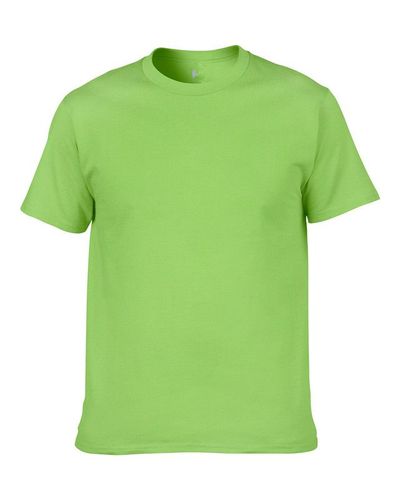Chemical fiber fabrics have certain properties in flame and ultraviolet protection. Their protective effects will be discussed below:
1. Flame protection:
Chemical fiber fabrics usually include polyester, nylon, nylon and other synthetic fibers. These synthetic fibers tend to melt or even burn when exposed to flames. However, there are now some specially treated chemical fiber fabrics on the market that can provide a certain degree of flame protection.
– Flame retardant treatment: A common treatment method is to apply flame retardant treatment to chemical fiber fabrics. This treatment will make the fabric less flammable and will stop burning or burn more slowly when encountering a fire source, thus improving personal safety. However, it should be noted that flame retardant treatment does not completely prevent burning, but delays the impact of flames on the fabric.
– Fusible treatment: Another treatment method is to add fusible fibers to chemical fiber fabrics. These fibers will melt quickly when encountering flames, forming an odorless char layer that effectively isolates heat and flames, reducing the risk of burns.
Although chemical fiber fabrics can provide certain flame protection properties after the above treatment, it is still necessary to note that no fabric of any material can completely prevent flames. Therefore, in environments with particularly dense fire sources, it is recommended to wear professional protective clothing with better flame retardant properties.
2. UV protection:
Chemical fiber fabrics usually have better performance in UV protection. Since ultraviolet rays can cause damage to human skin, choosing the right fabric can effectively reduce the penetration of ultraviolet rays.
– Density and weaving structure: Some chemical fiber fabrics have high yarn density and tight weaving structure, which can effectively block the penetration of ultraviolet rays. At the same time, some special textile technologies, such as tight weaving and shrinking, can also improve the UV protection performance of fabrics.
– Special coating: Some chemical fiber fabrics are coated with UV absorbers or UV reflectors to increase the UV protection properties of the fabric. These coatings can effectively absorb or reflect ultraviolet radiation, reducing its damage to the skin.
– UPF index: An important parameter to measure the UV protection performance of fabrics is the UPF (Ultraviolet Sun Protection Factor) index. The higher the UPF value, the stronger the fabric’s ability to block UV rays. Generally speaking, fabrics with a UPF value of 15 and above can effectively protect the skin from UV damage.
It should be noted that the UV protection properties of chemical fiber fabrics may weaken with time, use and cleaning. Therefore, in the case of prolonged or frequent exposure to UV rays, it is recommended to take other protective measures, such as wearing hats, sunglasses, and sunscreen, to enhance the UV protection effect.
In summary, chemical fiber fabrics have their limitations in flame and ultraviolet protection, but through special processing and design, they can provide certain flame protection and UV protection capabilities. However, in order to better protect your own safety and health, we still recommend choosing professional protective clothing and protective equipment based on specific needs.





